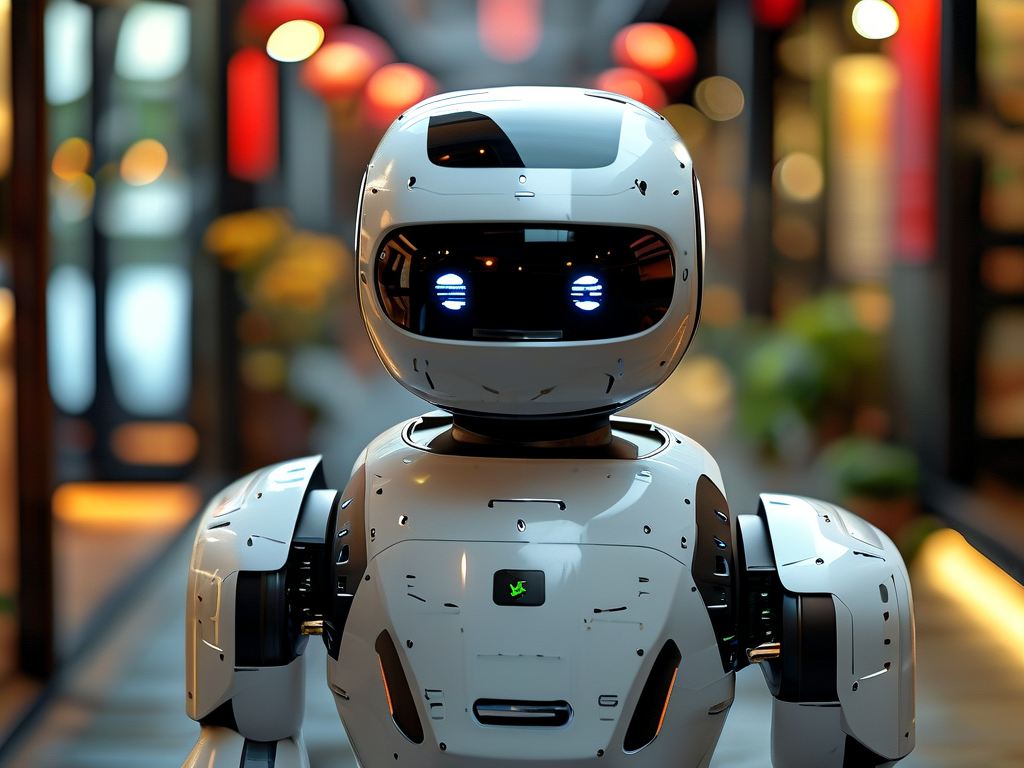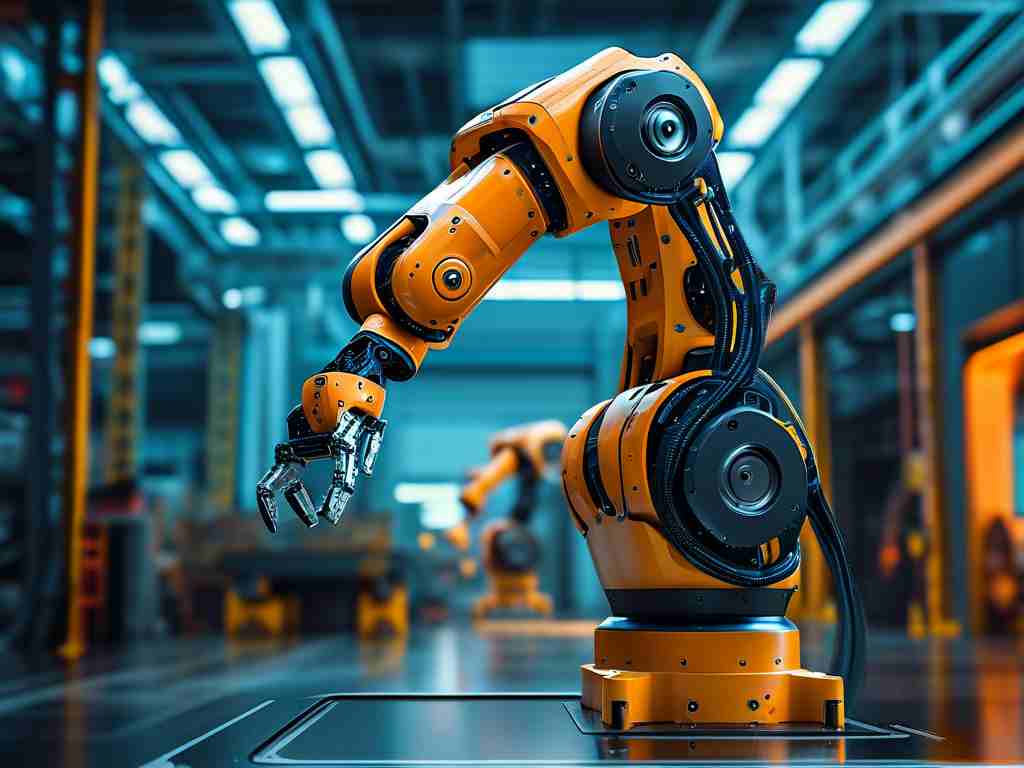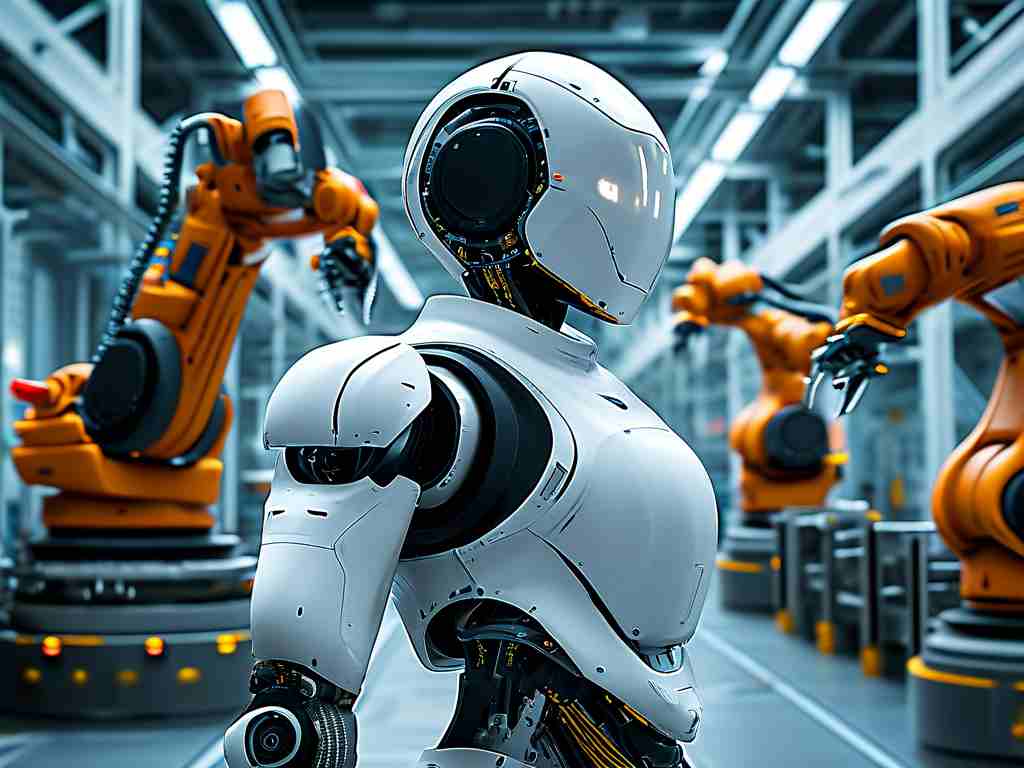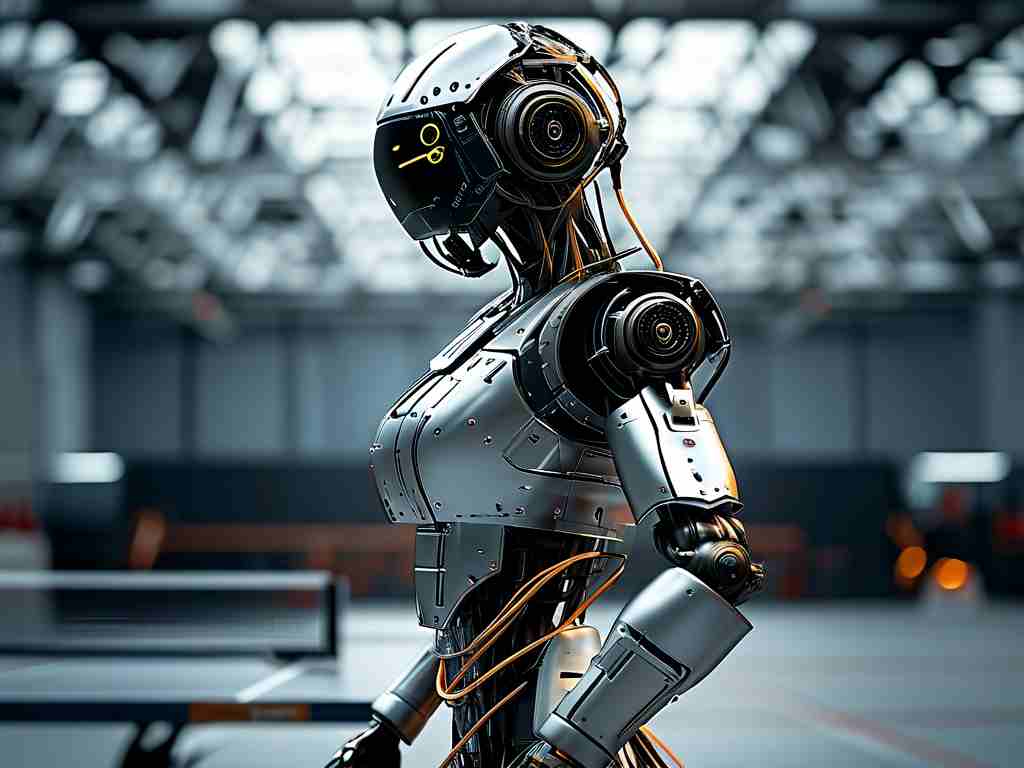The rapid growth of food delivery services has spurred innovation in autonomous robotics, with delivery robots emerging as a promising solution. However, deploying these machines in real-world urban environments presents multiple technical hurdles that require sophisticated engineering solutions. This article explores the core challenges developers face when creating reliable and efficient food delivery robots.

1. Environmental Navigation and Obstacle Avoidance
One of the most significant challenges lies in enabling robots to navigate complex urban landscapes. Unlike controlled warehouse environments, city streets involve dynamic obstacles such as pedestrians, vehicles, and construction zones. Advanced sensor fusion systems combining LiDAR, cameras, and ultrasonic sensors are essential for real-time mapping. However, unpredictable scenarios—like sudden jaywalkers or parked bicycles—demand split-second decision-making capabilities.
Current algorithms for simultaneous localization and mapping (SLAM) struggle with "edge cases," such as poorly marked sidewalks or temporary road closures. Researchers are experimenting with hybrid models that combine pre-loaded maps with live crowdsourced data from other robots, but latency issues remain a bottleneck. Additionally, weather conditions like rain or snow can degrade sensor accuracy, requiring redundant systems that increase production costs.
2. Energy Efficiency and Payload Management
Delivery robots must balance battery life with carrying capacity. Most units rely on lithium-ion batteries, which face limitations in energy density. A robot delivering multiple meals across hilly terrain may exhaust its power before completing orders, especially in cold weather when battery performance drops. Engineers are exploring swappable battery modules and fast-charging stations, but these solutions add operational complexity.
Payload distribution further complicates design. Food containers require temperature-controlled compartments for hot and cold items, consuming additional energy. Vibration damping systems are also critical to prevent liquid spills or meal damage during transit. Some prototypes use modular cargo bays, but frequent mechanical adjustments increase wear and tear.
3. Human-Robot Interaction and Safety Protocols
Public acceptance hinges on seamless interaction between robots and humans. While collision avoidance systems are mandatory, subtler challenges include pedestrian right-of-way negotiations and handling deliberate interference. For instance, how should a robot respond if someone blocks its path intentionally? Developers are implementing multi-tiered response protocols, from polite audio alerts to remote human operator intervention.
Privacy concerns also arise from cameras used for navigation. Data anonymization techniques and strict compliance with regional regulations (like GDPR in Europe) add layers of software complexity. Furthermore, vandalism-resistant designs using tamper-proof materials and GPS trackers are becoming standard, but these features inflate manufacturing costs.
4. Regulatory Compliance and Scalability
Municipal regulations for autonomous delivery devices vary widely. Some cities restrict robot speed to 6 mph (10 km/h), while others mandate human supervisors for every deployed unit. Navigating this patchwork of rules requires adaptable software architectures that can update operational parameters remotely.
Scalability introduces another layer of difficulty. A fleet of 50 robots might function smoothly in a planned community, but coordinating thousands of units across a metropolis requires robust cloud-based traffic management systems. Network latency and cybersecurity vulnerabilities in such systems remain unresolved issues, particularly when handling real-time rerouting during peak delivery hours.
5. Last-Meter Delivery Challenges
The final stage of delivery—handing orders to customers—often proves unexpectedly problematic. Secure package retrieval methods range from PIN-based locks to biometric authentication, each with trade-offs. For apartment complexes, robots must integrate with elevators and access control systems, necessitating partnerships with property management platforms.
Voice interface systems for user interaction face challenges in noisy environments, while touchscreens require weatherproofing and anti-theft measures. Some companies are testing drone-assisted delivery for high-rise buildings, but airspace regulations and safety concerns limit immediate adoption.
In , while food delivery robots represent a transformative shift in logistics, their widespread adoption depends on overcoming interrelated technical barriers. Progress in AI decision-making, energy storage, and regulatory alignment will determine how quickly these machines become a common sight in our cities. As developers refine solutions, collaboration across robotics engineers, urban planners, and policymakers will be crucial to building sustainable and efficient delivery ecosystems.









